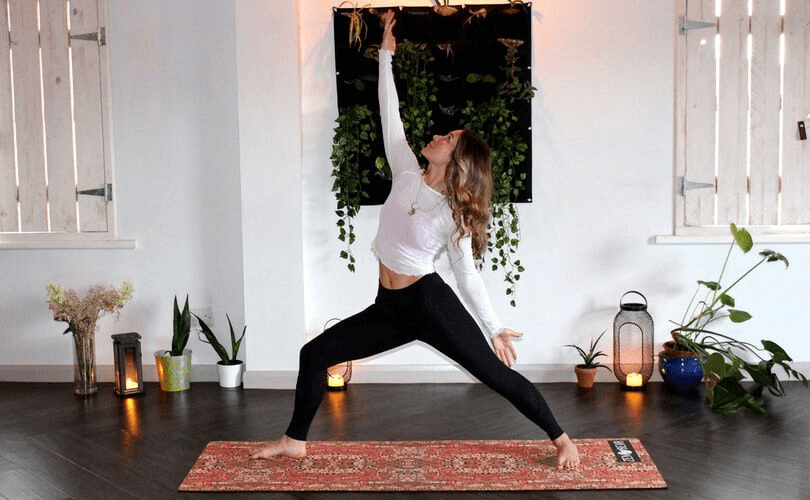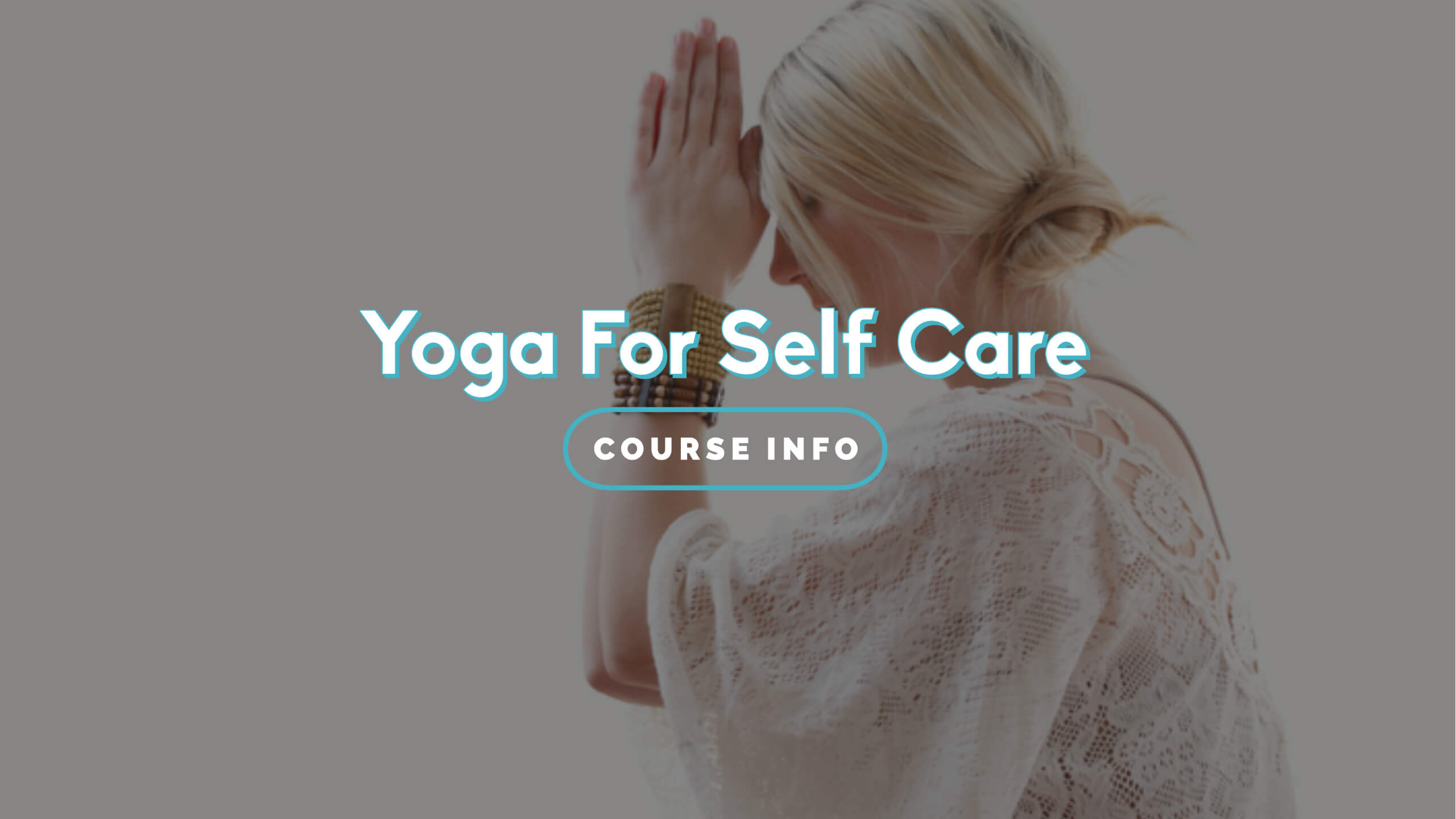COVID-19 has the world scrambling to adapt to the new normal. It’s paramount in these stressful times that everyone has the tools necessary to manage stress and fear, and yoga is one tool that everyone has access to, no matter their location. The Journal of the American Academy of PAs found that the relaxation response initiated by yoga can help manage stress.
Instead of using your energy to fuel your fears, use it to create an at-home yoga practice.
Create An At-Home Yoga Space
Creating an at-home yoga space can be as simple or elaborate as you desire. All you truly need is a space with room to move around freely. Having a yoga mat is ideal, but a non-slip surface will do as well.
Try to find an area in your home you can dedicate to doing yoga (even if it’s only part-time). Roll out your mat, and keep a thick blanket along with any other props you may have, nearby, like yoga blocks, strap, bolster, towel, etc.
If you have certain items or smells that comfort you, add those to your yoga space, too, like a journal and pen, candles or essential oils (lavender, eucalyptus, grapefruit, lemongrass are great scents!). Overall your yoga space is yours, and it can be really fun to make it special with string lights, art, pillows and other decor.
Minimalist Yoga Space Example
A clear space with a yoga mat and possibly a block or blanket.
Fashionista/o Yoga Space Example
An entire side of a room with a tapestry hanging from the wall, Moroccan-style floor pillows, a yoga mat printed with the chakras, a colorful Mexican blanket, cork yoga blocks, an entire line of essential oils, and possibly a trendy rendering of Siddhartha with the words “let that sh*t go” written
Incorporate Meditation
Yoga is about much more than the fancy poses you see on Instagram. The true benefits of yoga come from the mindfulness and self awareness accessed through meditation. Meditation is as simple as purposefully stopping your stream of thoughts and focusing your attention on the present moment.
The benefits of meditation are backed by science and a few of them include giving you a new perspective on challenging situations, increasing patience and self awareness, and reducing anxiety, depression and chronic pain. The West Indian Medical Journal states, “the relaxation induced by meditation helps to stabilize the autonomic nervous system with a tendency towards parasympathetic dominance.” In times as stressful as a global pandemic, meditation and mindfulness is especially beneficial.
How to Try Meditation at Home
1. Find a comfortable position sitting or lying down (preferably one you can stay in for 5-10 minutes).
2. Gently close your eyes and put all your focus into breathing through your nose (or mouth if your nose is too stuffy). Notice the rise and fall of your belly and chest, your heartbeat and the feeling of air entering and leaving your body.
3. If you struggle to silence your mind, instead, try focusing it on something calming. Notice what’s going on immediately around you, like the air conditioner running or the sound of birds outside, or run through all the things you are thankful for in your life.
4. Ask yourself questions like the following as you work on mindfulness and focus on your breathing: Why are you feeling the way you feel? What’s the source of your fear? Do you give yourself enough compassion and rest?
Yoga doesn’t have all the answers, but it is a helpful tool that you can access anywhere to reduce stress and find peace or hope.
Peaceful Music & Sounds
Setting the mood with calming music makes it easier to get into your yoga practice. Spotify and Pandora have premade playlists specifically for yoga. Try searching “calm”, “meditation”, “yoga”, “spa”, and “relaxation” to easily find a playlist to set the tone for your yoga and meditation practice. There are also plenty of meditation apps you can access for free, including Brain.fm where you can play music specifically designed to change your brainwaves.
Start With One Pose
It’s important to consult with your physician before trying any new form of exercise. If you are in the clear to try yoga, there are plenty of beginner yoga poses you can safely try at home. The most important thing is to understand your limits and not ask too much of yourself. You are much better off starting with Downward Facing Dog and Child’s Pose than you are trying an intense, 60-minute Power Yoga class for your first time.




